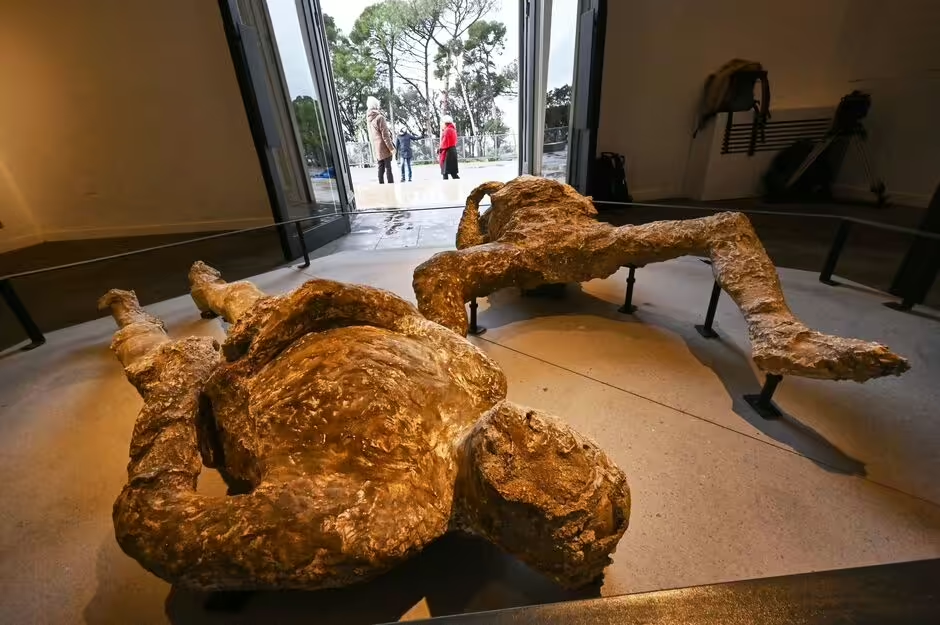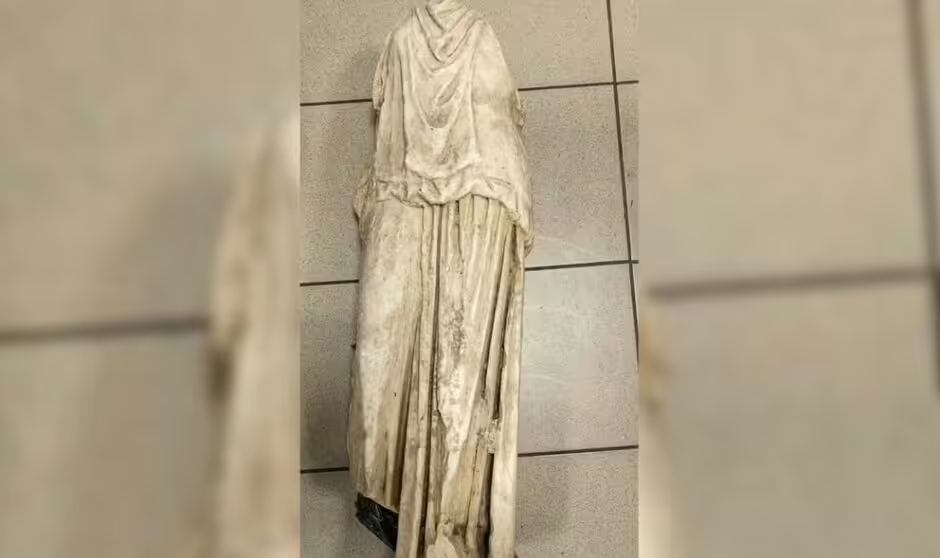Archaeologists at Pompeii have unveiled a detailed 32-hour timeline of the catastrophic eruption of Mount Vesuvius in 79 CE, which wiped out the Roman city.
The chain of events is believed to have started at approximately 12 p.m. on either August or October 24, when a massive eruption column of volcanic fragments and gas was blasted high above the volcano.
By 2 p.m., pumice, a rock created when lava solidifies, began to fall, accumulating to a depth of up to nine feet. Terrified residents—both Roman citizens and slaves—sought shelter inside buildings to escape the falling debris.
However, the weight of the pumice was too overwhelming, causing buildings to collapse and burying those inside.
Five hours into the eruption, at 7:06 p.m., the first pyroclastic surge—an extremely hot and fast-moving flow of gas and particles—emerged. Those who had not escaped or chosen to stay behind in the city were vaporized. This intense process is known to turn human tissue into glass, a phenomenon called vitrification, according to MailOnline.
The eruption continued overnight, with successive fatal waves occurring about every 80 minutes. By 5:30 a.m. on the 25th, the eruptive column collapsed.
At 7:07 a.m., a massive nine-hour pyroclastic surge struck, spreading debris over a 15-mile radius. By 4 p.m., the eruption’s interaction with groundwater increased its explosiveness, generating finer, less dense pyroclastic flows. These currents, while less dense, still traveled up to 10 miles and remained destructive. However, no human remains were found in these flows, indicating that most of Pompeii’s residents had already perished.
By 8:05 p.m., the eruption ceased, but the disaster was far from over. A final earthquake may have been the deadly blow to any remaining survivors.
Today, Pompeii stands as a deeply captivating archaeological site, offering a remarkable glimpse into daily Roman life. The bodies of some victims were preserved by ash, and the voids left by their decayed remains have been filled with plaster, allowing for a chilling recreation of their final moments.


